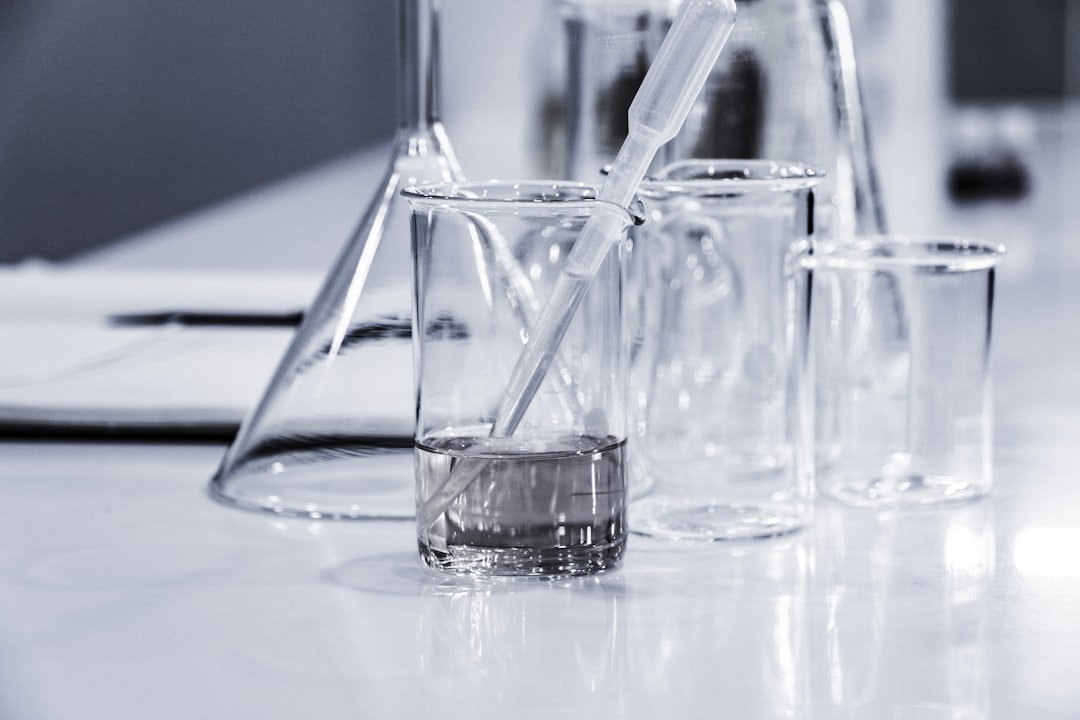What is it about?
When men are diagnosed with prostate cancer, groups of cancer cells are often found in more than one place in the prostate. The team wanted to know if this was due to changes in 'normal' prostate cells throughout the prostate. The team analysed DNA from 121 samples. These came from 37 men and included 'normal' tissue next to cancerous tissue, cancerous tissue and prostate tissue from men who did not have prostate cancer. The team showed that 'normal' prostate cells from men with prostate cancer had more mutations than 'normal' prostate cells from men without prostate cancer. Using the genetics of the samples analysed, the team can create maps to understand where the different mutations occurred. The team showed that in most men, the mutations in normal cells are different from the mutations in cancer cells. The team produced data suggesting that these mutations occur in a particular type of cell called stromal cells - cells that form a structure that supports other tissues. These findings suggest that the whole prostate is primed and ready to develop prostate cancer, driven by an as yet unknown biological process.
Featured Image

Photo by National Cancer Institute on Unsplash
Why is it important?
This work has improved our knowledge of how prostate cancer first starts to develop and might one day give us clues as to how to prevent it.
Perspectives
The samples we studied included tissue that comes from the cancer and tissue from elsewhere in the prostate, which looks normal down the microscope. This produces a massive amount of data and by applying a large amount of computer power we can determine the differences that have occurred in the DNA, giving us insight into how the cancer grows. We found that ‘normal’ prostate cells in men who had prostate cancer had more mutations (changes in the DNA) than ‘normal’ prostate cells from men without prostate cancer. Based on the genetics of the samples analysed, we created maps to understand where the different mutations occurred. And we showed that in most men, the mutations in normal cells are different to mutations in cancer cells. The ‘normal’ prostate cells in men who have prostate cancer appear to provide a beneficial environment for prostate cancer cells to develop and grow. In other words, the whole prostate is primed and ready to develop prostate cancer driven by an, as yet unknown, biological process. This work has improved our knowledge of how prostate cancer first starts to develop and might one day give us clues as to how to prevent or treat it. And it shows that it may be better to treat the whole prostate rather than only the areas in the prostate that have cancer.
Professor Daniel S. Brewer
University of East Anglia
Read the Original
This page is a summary of: The architecture of clonal expansions in morphologically normal tissue from cancerous and non-cancerous prostates, Molecular Cancer, September 2022, Springer Science + Business Media,
DOI: 10.1186/s12943-022-01644-3.
You can read the full text:
Contributors
The following have contributed to this page










